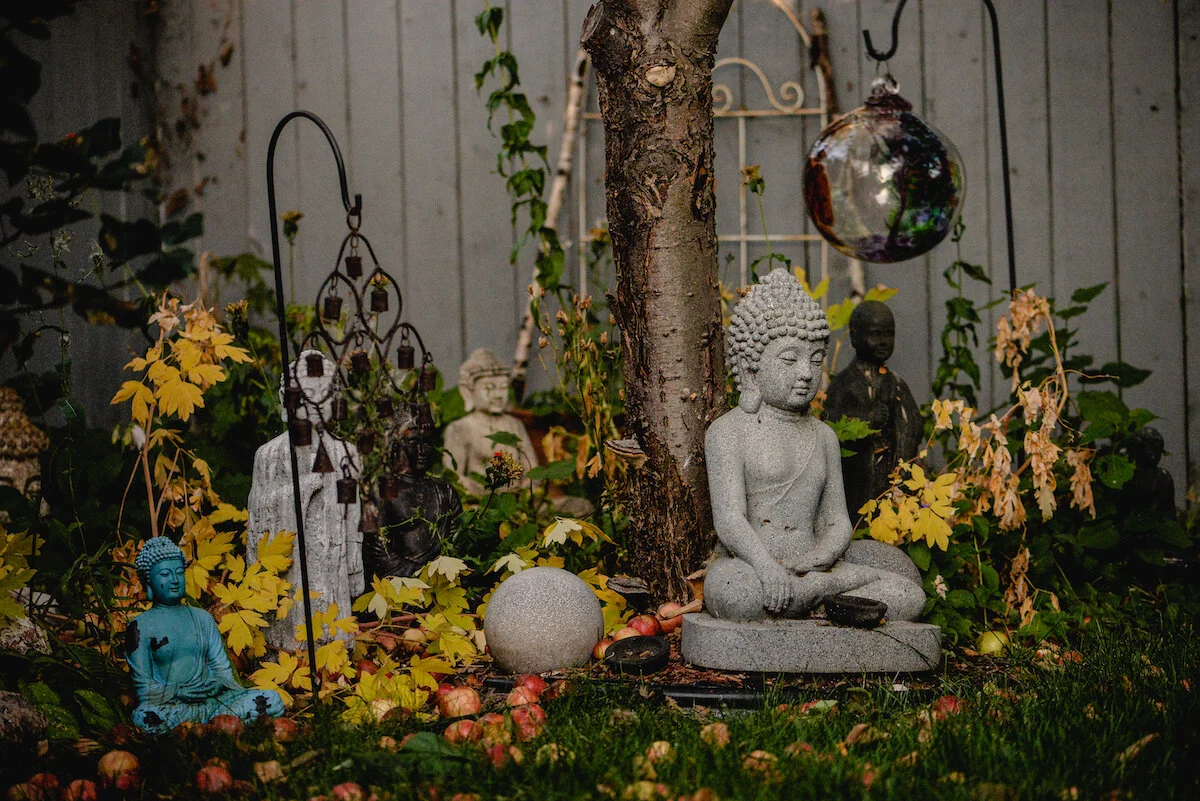Waiting is a Discipline
I’ve been thinking, as I often do, about how both photography and writing are on many levels about waiting, the discipline of waiting. Someone last week on Twitter wrote that hope is a discipline. And I was thinking about how photography, and writing, but maybe more tangibly, photography is about hope. Photography is about waiting and hoping that the light will be interesting or workable or better yet, magical. Photography is about that hope that our seeing and our skills will converge with a lucky or split second, with a sweet moment of light or an essence or quality of the day that is surprising or at the very least lovely.
A book I’ve been dipping in and out of for months is Blind Spot by Teju Cole. I highly recommend it for those interested in photography, writing, noticing, being alive, alert.
The intro to the book is by another writer I admire, Siri Hustvedt. In it she says, “The camera’s eye is not the human eye. The camera takes in everything inside its frame. We do not. Human beings have poor peripheral vision. Details vanish because we cannot focus on everything at once. Sequences blur.” Because I do a lot of my seeing with a camera, I often see things at least twice. Anyone who processes their photos in Lightroom or another program, is looking at what they’ve shot in a way that is not our usual way of looking. And so that in turn affects future seeing, looking, noticing. Am I any better at seeing the world than anyone else? I doubt it. But the discipline of pursuing an image I’m interested in seeing in a digital form has taught me a few things. Well, obviously, the discipline itself is a thing.
I’ve learned that sometimes we see what we’re not seeing. We know, somehow, that those things at the outside edge of our peripheral vision are there. The camera has trained me to trust in what lies beyond the focal point. Anyway, the book is great because it’s an amazing example of how we process what we see, what’s in the frame, what’s just out of it, and then all those other things we bring to an image, things from way beyond it. We process a lot more than we think we do. But it’s good to sit with things, process how we’re processing, to allow ourselves tangents, peripheral thoughts, precision but also blur, quirkiness and the obvious, not to mention the ordinary and the odd, expansiveness and detail.
I’ve been crossing off a bunch of odd images from my “photo bucket list” since the pandemic began. Some of them are pretty weird, I guess you could say. Like, I always wanted to take a photo of the boot which used to be in front of a Western store, but it’s now a biker store. (Wow, that was way back in my Instagram feed). I’ve been refining my seeing, progressing. There’s nothing like scrolling back through your feed to see those small things that you didn’t even really know you were learning along the way.
Perhaps we learn just as much from the shots that get away from us. In one of his ruminations, Cole talks about how he developed a roll and found it empty. “…thirty-six lost shots. I had failed to engage the sprockets in one of my manual cameras. And so each time I framed a shot and clicked the shutter and advanced the film, I was fooling myself. Well there it was, an anxiety dream come true.” Anyone who has ever shot film has had some version of this happen and there are digital equivalents or approximations of this feeling. Cole talks about an Emily Dickinson poem containing the lines, “The fine—impalpable Array—That swaggers on the eye.” He says, “I take this as a reminder that what is seen is greater than what the camera can capture of it, what is known is finer than writing can touch. My eye was swaggered upon. I wasn’t fooled.”
Just the act of wanting to take a photograph, that hope, is something I want to hang on to. It’s not passive, either. While you’re waiting for that one hoped for image, you’re taking other failed images. You’re shooting an entire roll of film of nothing. You’re seeing and you’re trying and you’re actively doing. Your eye is being swaggered upon.
Before I began this blog post, I wrote in my diary: hope is a discipline, noticing beauty is a discipline, insisting upon a better world is a discipline. Then I made a donation, albeit small, to a political party in my home province that I think makes a difference. And then I returned to documenting this world, my small corner of it, as it is right now.






